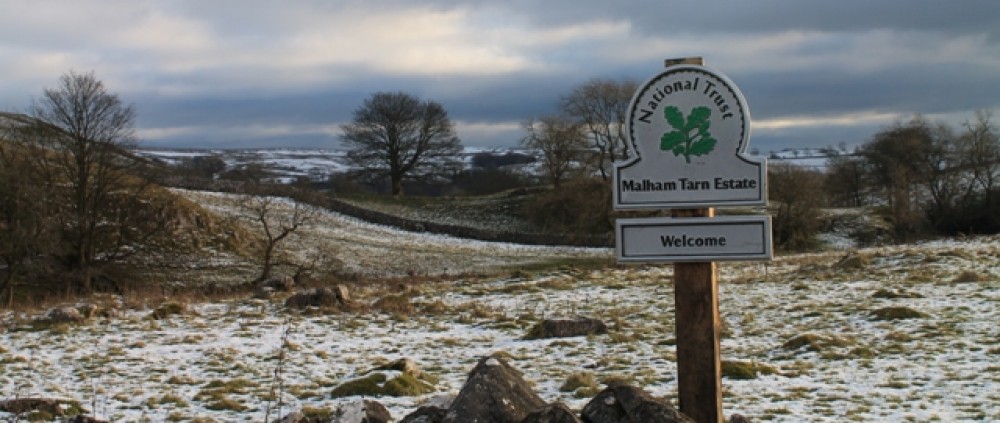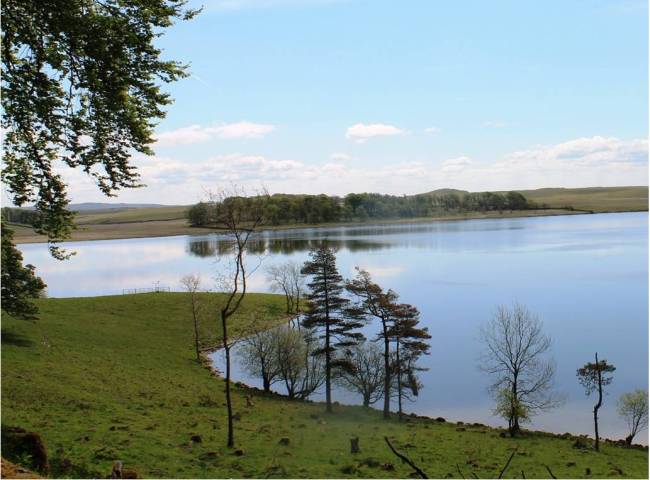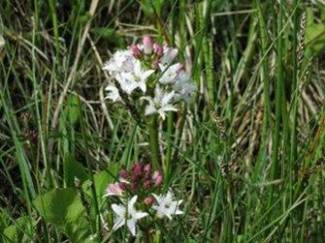Summer is arriving in a rush, I hope you have all been able to enjoy the last few weeks out and about in the countryside as well as in your gardens or local parks. Maybe you have also been watching things unfold on Springwatch on the TV. It is a wonderful advert for the joys and variety of wildlife to be experienced in Britain – and I must remind you that we have loads of fantastic places to visit in the Dales.
Malham Tarn
If you are coming to the Malham area, please do try to fit in a walk around the Tarn and especially our boardwalk across Tarn Fen and Moss (dramatic flowers like globeflower, bogbean and a variety of orchids as well as lots of birdsong in the willow carr); go to Upper Wharfedale for the beautiful hay meadows and riverside walks; and try a visit to Hudswell Woods near Richmond for dramatic woodland walks and to learn about the grassland restoration works. We are reintroducing cattle grazing here, with the help of our tenant farmer, and plan to work with local schools and others to spread seed of lost plants like wood cranesbill, bird-foot trefoil, hay rattle and cowslip.
Nature is however easily upset by the things we humans get up to! One of the items mentioned on Springwatch was the ‘State of Nature’ report that a number of nature conservation organisations compiled. It is a truly shocking report, charting massive declines in many of our best loved species as well predicting the loss of many species from the British countryside unless we change our ways.
Bogbean Plant
Examples of the declines are the reduction in hedgehog numbers by over 30% since 2000 and of nearly 80% fewer small tortoiseshell butterflies over the same period. Not all is doom and gloom and there have been notable success stories for some individual species (e.g. red kites and ospreys) and individual Sites of Special Scientific Interest are in a much better state than they were. So what else can we do?
Supporting conservation bodies, volunteering and doing what we can in our own gardens and neighbourhoods will clearly help.
Otherwise I think one of the lessons is that many of our native species cannot survive in small and isolated patches or islands of habitat. I suggest we need future agri-environment schemes to focus more on working with farmers and landowners in areas that are already ‘semi-natural’ to restore natural variety (e.g. a mosaic of grassy; heathy; wet; scrubby and wooded patches).
This would recreate areas of countryside that are diverse enough to allow species to survive dramatic weather events and to adapt and move with longer-term climate changes. I also believe we would benefit hugely from having some larger nature reserves, as in many other countries across the world, with these becoming valued by society as core refuges for our native species and as places that can act as sources for re-colonisation elsewhere.


